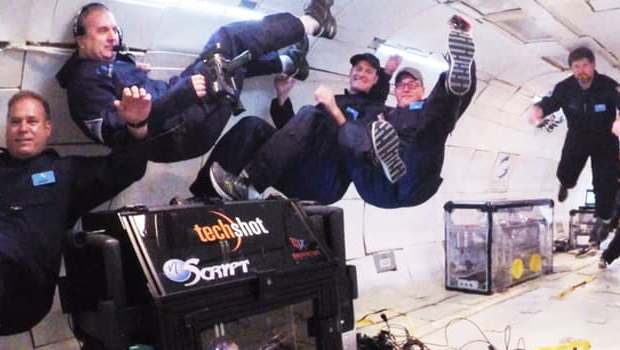It would be really interesting to know that heart transplants would be a common thing in the future, with the organs being manufactured and being delivered from outer space.
In a recent experiment at 30, 000ft above sea level, over the Gulf of Mexico, scientists performed 3D printing to churn out heart vessels and other parts of the human heart that were created with stem cells. It was an experiment conducted at zero gravity and was lead by Techshot, a company engaged in creating space equipments and carrying out experiments in outer space. It is currently supplying equipment to the International Space Station (ISS) through the Space act Agreement with NASA. The 3D printer was built by nScrpt and the bio inks were supplied by Bioficial Organs Inc, a company specializing in keeping stem cells alive and transporting the live bio printing stem cells.
The flight expedition was executed by a Boeing 727 with modifications from the Zero Gravity Corporation. Here the plane was subjected to a condition of weightlessness, by executing 25 parabolas for 20-30 seconds. It is only this short span in which the actual printing takes place.
The reason behind conducting the experiment in outer space was to help the bioinks attain a particular consistency of thickness which can perfectly be achieved in the ideal environment of outer space. Bioinks are the materials that comprise of polymers, growth components, cells, and proteins. They need to maintain a consistency between that of honey and gelatine so that they can be optimized for biological activity.
The production of these organs in zero gravity will increase manifold and also lead to reduced costs, A more robust and handy printer is being manufactured which will be functional by January. Then again a more advanced version will be made by 2018 for the ISS.
The whole procedure for printing a real heart organ would be as- Some fat will be taken from which stem and stromal cells would be extracted. These would be blended with a customized ink and taken to outer space. They would be then printed, grown and then brought back to the surface for transplant. This was stated by Techshot’s chief scientist, Eugene D. Boland
Source: Gizmaz.com
